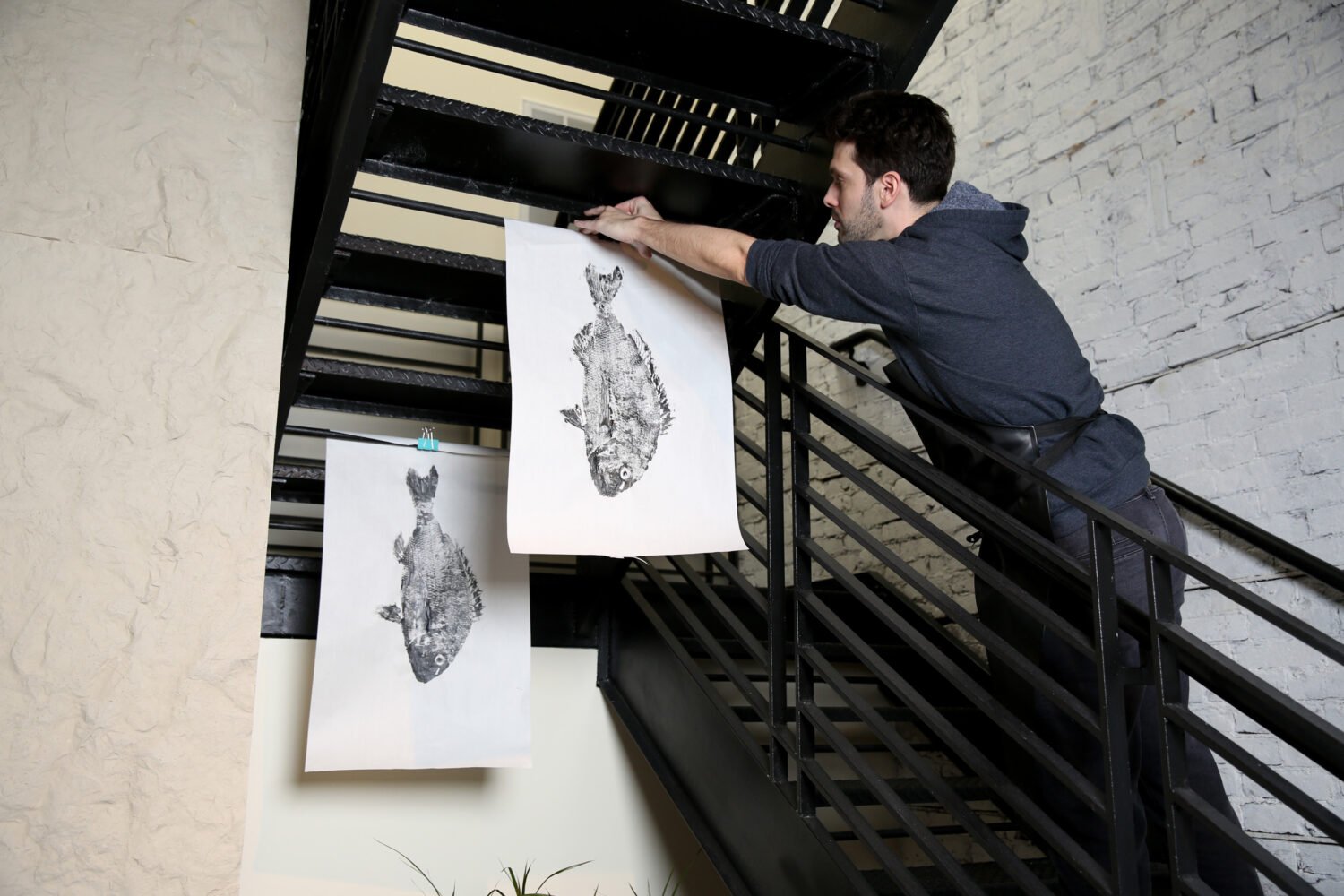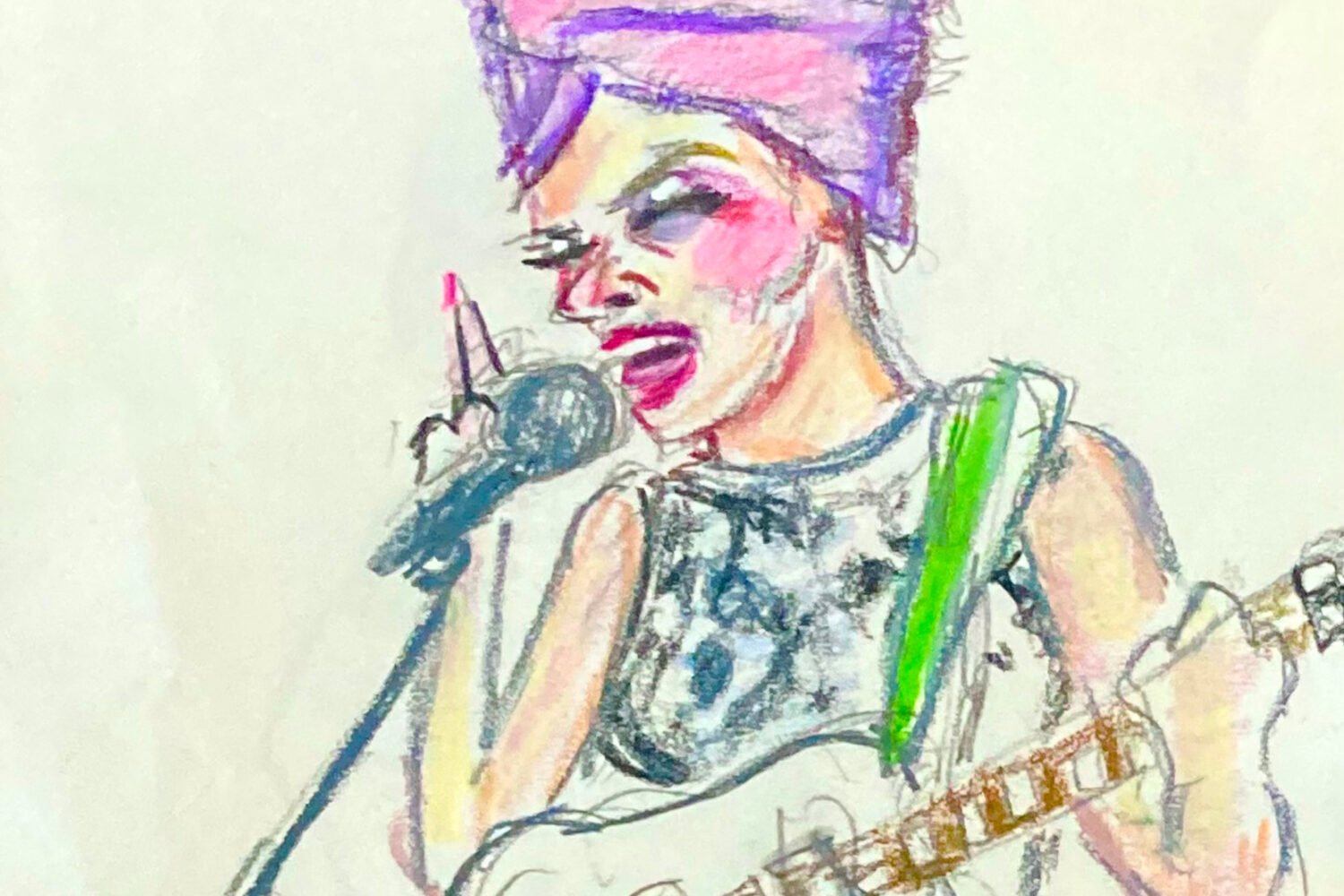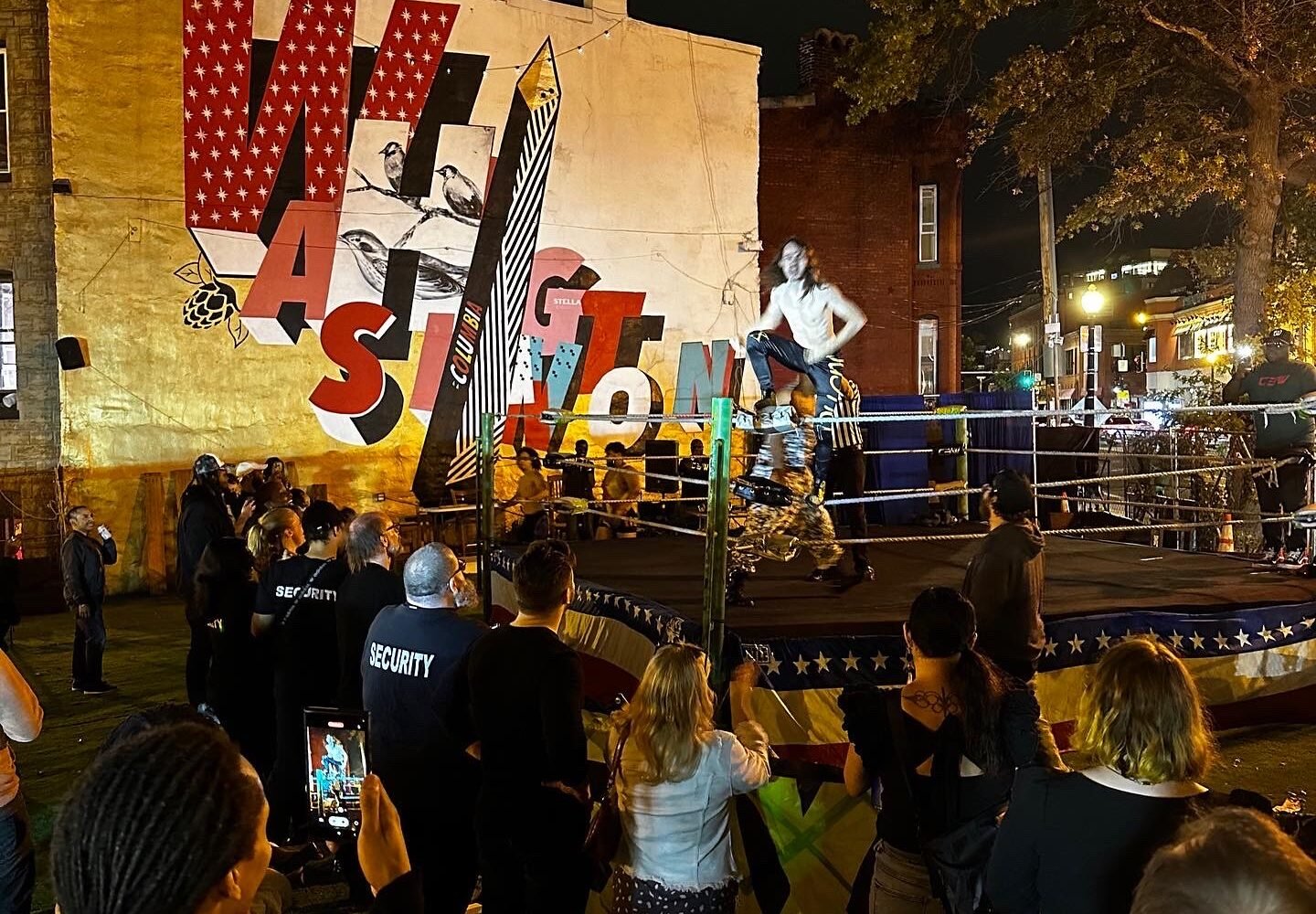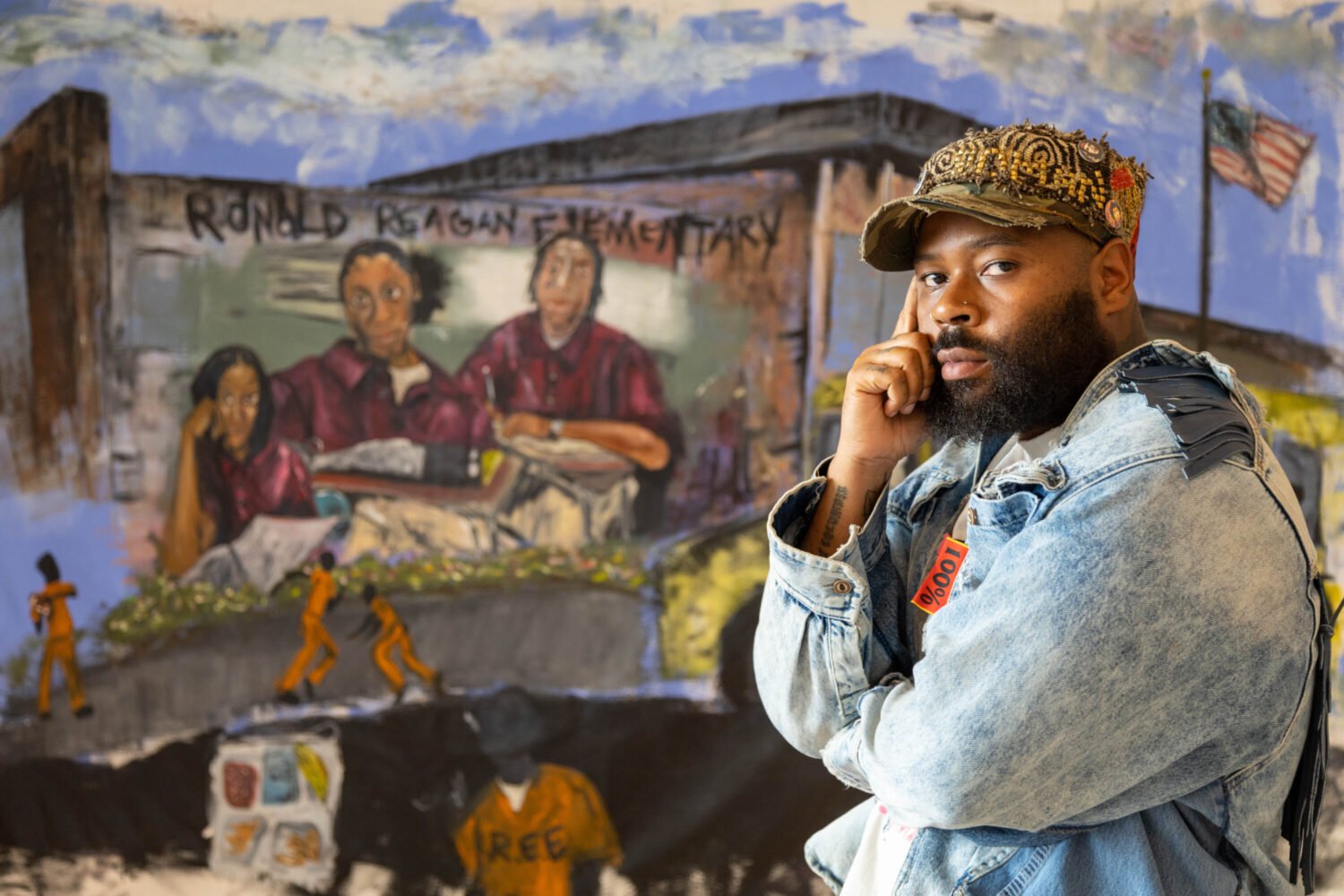With this exhibit at the Smithsonian American Art Museum, trailblazing African-American artist Bill Traylor (1853–1949) gets his first retrospective. Curator Leslie Umberger explains why his work endures.
The Man
Born enslaved in rural Alabama, Traylor wasn’t taught to read. “His perspective and formative years were influenced by being in a society where not many African-Americans were allowed tools like literacy,” says Umberger. “That he went on to make art at the height of Jim Crow segregation was a bold assertion of selfhood. He had something he had to say.”
The Exhibit
The 155 paintings—which he made between about 1939 and 1942 while living in Montgomery—are individually powerful, but you have to view them together to understand how his work tells a story. “It’s important to see his recurring characters and ongoing stories play out together in front of you.”
The Work
Paintings such as the untitled work at left are complex combinations of humor and terror that at the time were understood in different ways by different audiences. Traylor had to be careful not to make his work too blunt, but his message comes across. “These images are very radical,” Umberger says. “Some push the boundaries of what might be safe for someone like him to put down on paper.”
“Between Worlds: The Art of Bill Traylor” will be at SAAM from September 28–March 17, 2019.
This article appears in the September 2018 issue of Washingtonian.


















